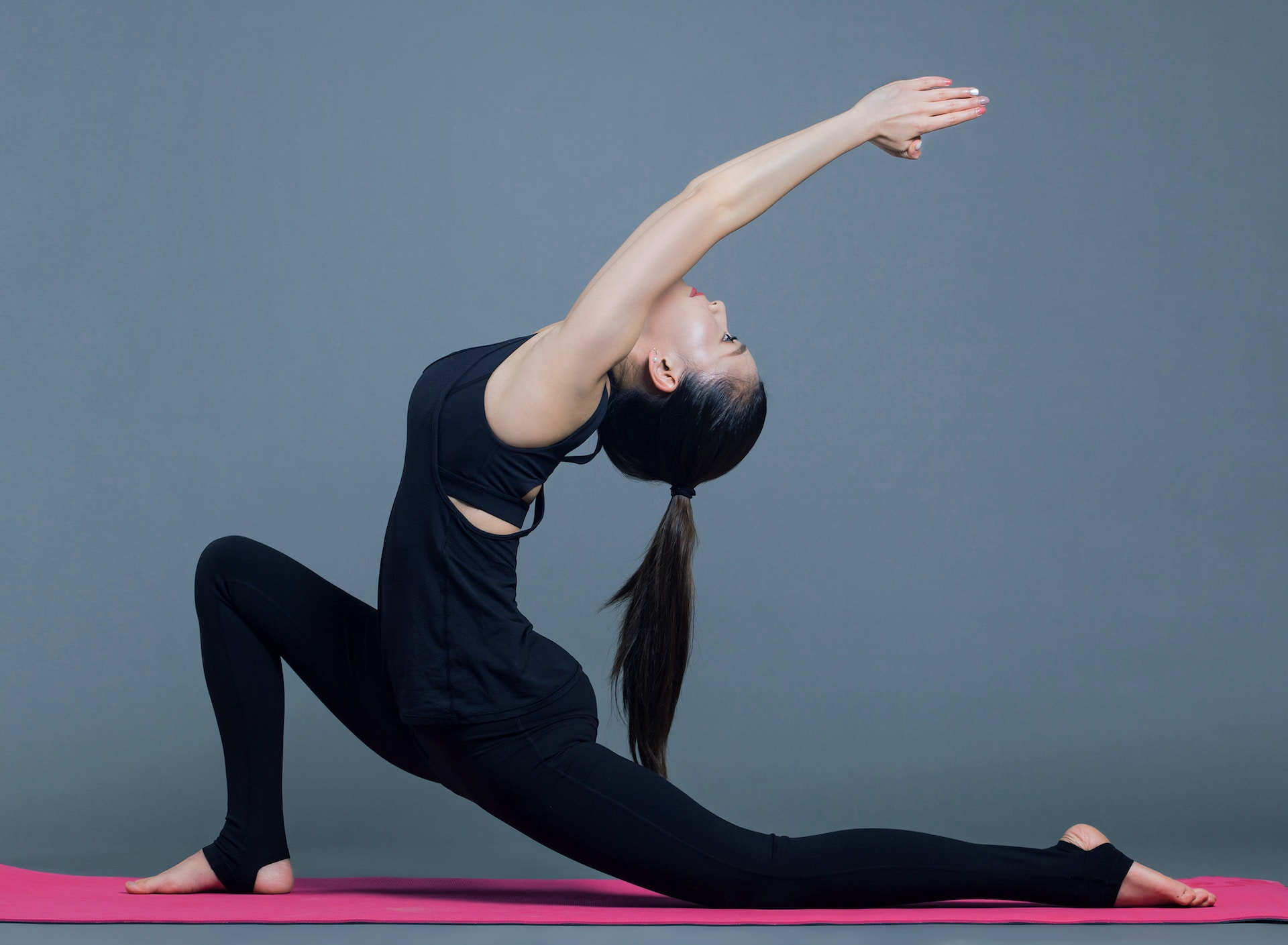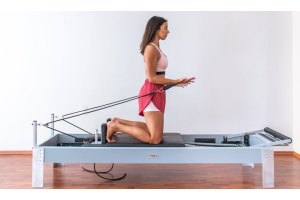Difference between yoga and pilates explained in 5 minutes

Difference between yoga and pilates explained in 5 minutes
If you’re thinking about signing up for yoga or pilates, you may have been put off by the uncertainty about what the difference is between the two. Is one more exclusive than the other? Is one better than the other? While we’re not necessarily going to tell you that pilates is better and vice versa, we are finally going to get to the heart of what makes these two similar exercises so very different.
Pilates
What are the origins?
Pilates was introduced by, and gets its name from, Joseph Pilates. He was a German trainer who invented pilates in the 1900s, opening his first pilates studio in New York City. It was used to help recondition injured dancers back to health.
What is pilates?
Joseph Pilates paired the exercise of pilates with an apparatus, which is known today as a pilates reformer. Made with a wooden frame and springs, it is a movable bed that enables resistance movements. This strengthens the muscles and helps support the way your body moves.
Yoga
What are the origins?
Yoga is an ancient practice that dates back thousands of years - making it much older than pilates.
The practice originated in India and has gained worldwide popularity. Yoga retreats are also a popular holiday choice.
Yoga isn’t just a cultural practice, it’s also closely linked to the philosophy of Hinduism and the meditation practices of Buddhism. In many ways, its roots are spiritual.
What is yoga?
Yoga engages the wellbeing principles of breathing, flexibility and core strength. These can all be incorporated into pilates, but the focus is moved away from reconditioning the body. There’s also no reformer. Instead, you may just use a mat and a block or two.
It’s all about placing your body into postures that stretch your muscles and test your balance and flexibility. You may have heard of some of the famous poses, including the downward dog and the tree pose.
There are many different branches of yoga, including Ashtanga, Vinyasa and Hatha. Some are more energetic and offer a more intensive workout. Whereas other forms offer a more calming session designed for rest and relaxation.
How is yoga different from pilates?
In summary, yoga is an ancient practice from India that focuses on flexibility, breathing and balance. In comparison, pilates is designed to enhance strength and body control. Pilates can also help ease minor muscular injuries to improve movement. However, both are also enjoyed simply for their physical and wellbeing benefits. In fact, there is a crossover of benefits between the two, including stronger joints, greater joints and bone health.
Which exercise is right for you may depend on a combination of personal preference and desired results.
Difference between yoga and pilates explained in 5 minutes
If you’re thinking about signing up for yoga or pilates, you may have been put off by the uncertainty about what the difference is between the two. Is one more exclusive than the other? Is one better than the other? While we’re not necessarily going to tell you that pilates is better and vice versa, we are finally going to get to the heart of what makes these two similar exercises so very different.
Pilates
What are the origins?
Pilates was introduced by, and gets its name from, Joseph Pilates. He was a German trainer who invented pilates in the 1900s, opening his first pilates studio in New York City. It was used to help recondition injured dancers back to health.
What is pilates?
Joseph Pilates paired the exercise of pilates with an apparatus, which is known today as a pilates reformer. Made with a wooden frame and springs, it is a movable bed that enables resistance movements. This strengthens the muscles and helps support the way your body moves.
Yoga
What are the origins?
Yoga is an ancient practice that dates back thousands of years - making it much older than pilates.
The practice originated in India and has gained worldwide popularity. Yoga retreats are also a popular holiday choice.
Yoga isn’t just a cultural practice, it’s also closely linked to the philosophy of Hinduism and the meditation practices of Buddhism. In many ways, its roots are spiritual.
What is yoga?
Yoga engages the wellbeing principles of breathing, flexibility and core strength. These can all be incorporated into pilates, but the focus is moved away from reconditioning the body. There’s also no reformer. Instead, you may just use a mat and a block or two.
It’s all about placing your body into postures that stretch your muscles and test your balance and flexibility. You may have heard of some of the famous poses, including the downward dog and the tree pose.
There are many different branches of yoga, including Ashtanga, Vinyasa and Hatha. Some are more energetic and offer a more intensive workout. Whereas other forms offer a more calming session designed for rest and relaxation.
How is yoga different from pilates?
In summary, yoga is an ancient practice from India that focuses on flexibility, breathing and balance. In comparison, pilates is designed to enhance strength and body control. Pilates can also help ease minor muscular injuries to improve movement. However, both are also enjoyed simply for their physical and wellbeing benefits. In fact, there is a crossover of benefits between the two, including stronger joints, greater joints and bone health.
Which exercise is right for you may depend on a combination of personal preference and desired results.




